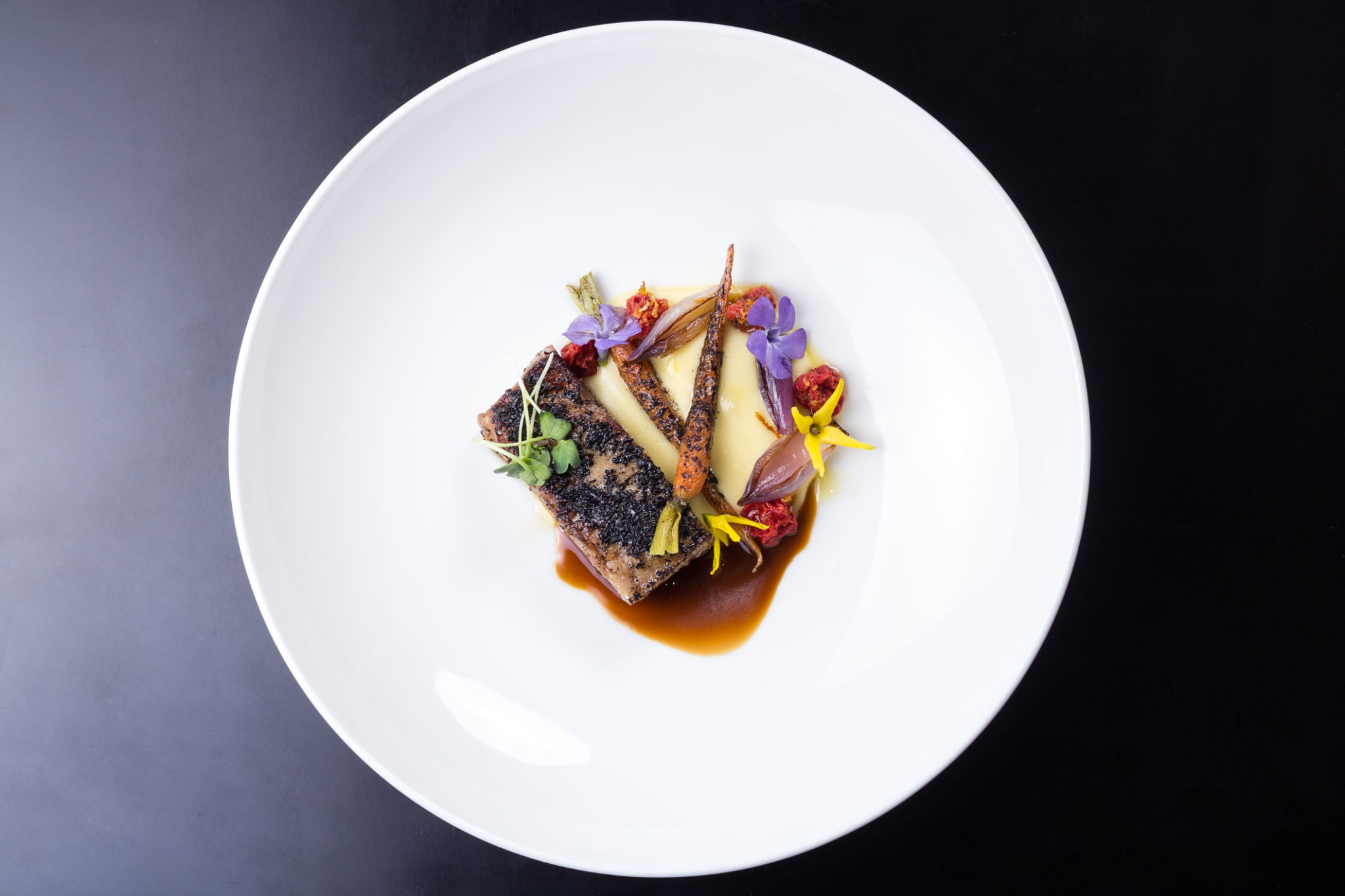Mastering the Art of Fine Dining: Essential Techniques for Gourmet Cooking
Setting the Stage for Gourmet Cooking
Mastering the art of fine dining begins with understanding the fundamentals of gourmet cooking. Whether you're a seasoned chef or an enthusiastic home cook, the journey to becoming a gourmet chef requires dedication, precision, and a deep appreciation for quality ingredients. The first step is to familiarize yourself with essential techniques that elevate your culinary creations.

Understanding Flavor Profiles
One of the cornerstones of gourmet cooking is the ability to construct complex flavor profiles. This involves balancing different taste elements such as sweet, salty, sour, bitter, and umami. Experimenting with herbs and spices is crucial in creating unique and memorable dishes. Don't be afraid to explore exotic flavors from different cuisines to enhance your meals.
Pairing contrasting flavors can also add depth to your dishes. For instance, a hint of sweetness can balance a spicy dish, and a touch of acidity can brighten up rich flavors. Understanding how flavors work together is essential for any aspiring gourmet chef.
Mastering Cooking Techniques
Gourmet cooking is as much about technique as it is about ingredients. Some fundamental techniques every gourmet chef should master include:
- Sautéing: Quickly cooking ingredients in a small amount of oil over high heat.
- Braising: Slow-cooking meat or vegetables in a flavorful liquid.
- Blanching: Briefly boiling food, then plunging it into ice water to stop the cooking process.
- Emulsifying: Combining two liquids that normally don't mix, like oil and vinegar.
These techniques form the backbone of gourmet cuisine and can significantly enhance the texture and flavor of your dishes.

Presentation and Plating
In the world of fine dining, presentation is just as important as taste. A well-plated dish can make a meal feel like a work of art. Pay attention to the colors and textures of your ingredients, and use them to create visually appealing compositions. Consider the use of garnishes and edible flowers for added elegance.
When plating, think about the balance and symmetry of your dish. Use different heights and shapes to create interest. Remember, the goal is to create a dining experience that is visually stimulating and enhances the overall enjoyment of the meal.

The Importance of High-Quality Ingredients
At the heart of gourmet cooking lies the use of high-quality ingredients. Fresh, seasonal produce and ethically sourced meats and seafood can make a significant difference in the taste and quality of your dishes. Take the time to select the best ingredients you can find and let their natural flavors shine.
Building relationships with local farmers and markets can provide you with the freshest and most flavorful options available. This connection to your ingredients not only enhances the quality of your meals but also supports sustainable practices.
Continuous Learning and Experimentation
The culinary world is ever-evolving, and staying updated with the latest trends and techniques is vital for anyone aspiring to master gourmet cooking. Attend workshops, read cookbooks by renowned chefs, and don't be afraid to experiment in your kitchen. Every mistake is a learning opportunity, and every success is a step toward culinary mastery.
Embrace the journey of exploration and innovation. The art of fine dining is a continuous process that rewards those who are passionate and persistent in their pursuit of excellence.
